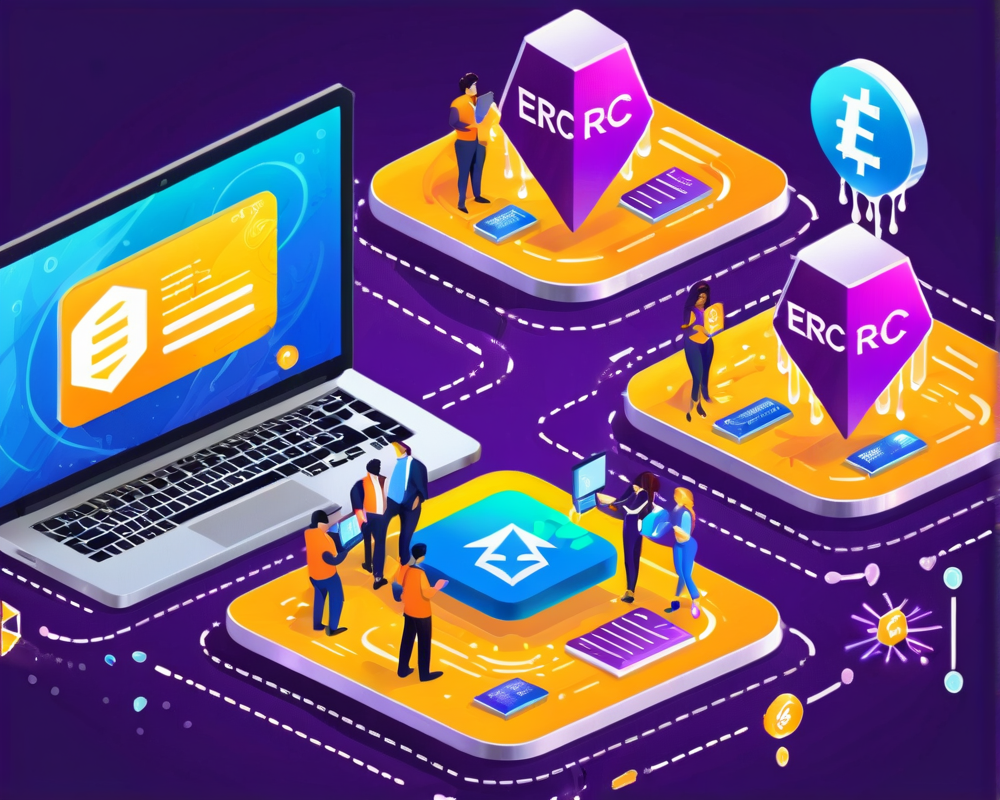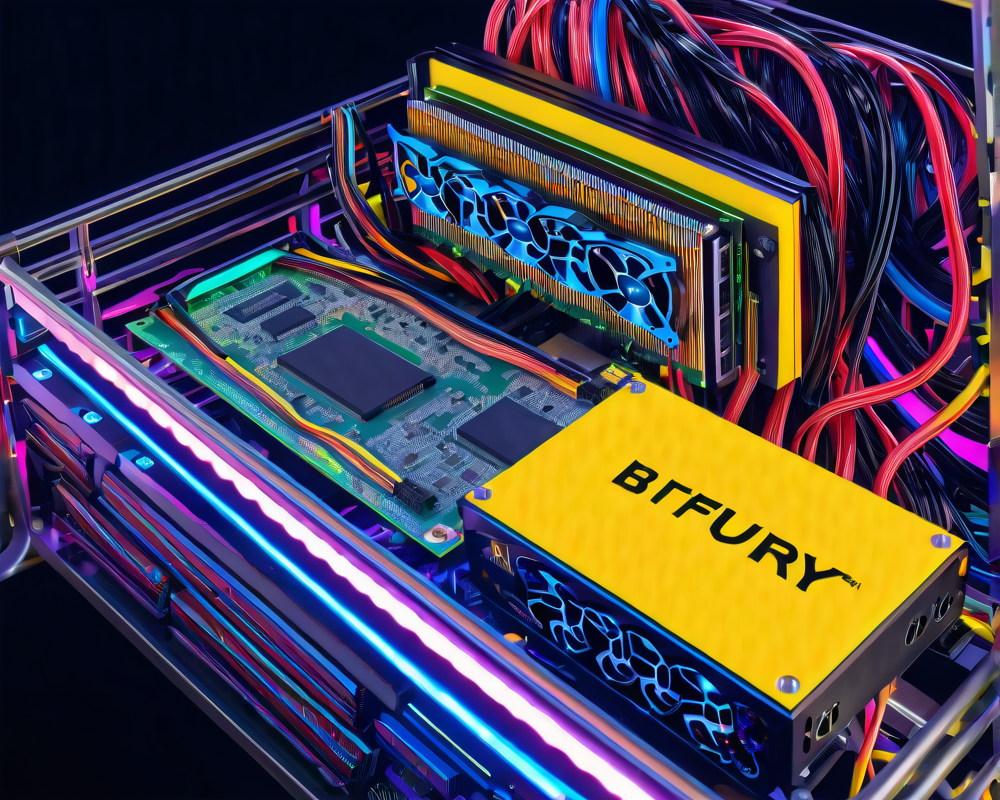What is ERC-4337?
ERC-4337, also dubbed as the “smart accounts” phenomenon, has recently landed on the Ethereum scene as a game-changer. Unlike traditional wallets that need a bit of a power-up from centralized entities, smart accounts are here to flaunt their decentralized glory. Think of it as your usual Ethereum wallet, but on steroids. It all began on March 1 when the Ethereum mainnet embraced this new standard.
How It Works: The User Intent Layer
Let’s roll up our sleeves and dig into how this new layer functions. According to Matt Cutler, co-founder of Blocknative, the process of executing an Ethereum transaction has been streamlined with the introduction of the User Intent Layer. Imagine this layer as the busy concierge at a high-end hotel who helps guests navigate through complex requests without breaking a sweat.
In traditional transactions, you’d access your externally-owned account (EOA), compose a signed transaction, and send it off to the public mempool, where it would wait for a ‘Builder’ to scoop it up. With ERC-4337, this extra layer simplifies the initiation of more intricate transactions in a single graceful move, much like juggling while riding a unicycle!
Meet the Bundlers: The New Kids on the Block
Now, let’s talk about Bundlers. These nodes are the unsung heroes that collect User Operations from the new Alt-Mempool. Instead of dealing with public transactions like mere mortals, Bundlers form a fancy bundle that is submitted to the network as a single package deal. It’s like a meal deal that’s perfectly curated for your ethereal appetite.
- Compensation: Bundlers earn userOp gas fees for their efforts — think of it as a waiter getting tipped after serving a delicious meal.
- Competition: While anyone can jump into the Bundler game, it’s not an easy ride. Success requires sophisticated development skills and hefty infrastructure investments, making it a playground for the tech-savvy.
Will Everyone Jump on Board?
There’s a widespread debate on whether account abstraction will usher in a billion new users to the crypto space or not. John Rising puts it best when he says that solving widespread problems is what will bring the crowd, not merely the idea of account abstraction itself. However, how User Intent Layer simplifies transactions could become a factor in boosting participation.
The Gas Fee Conundrum
A hot topic among enthusiasts is the potential impact of ERC-4337 on Ethereum’s gas fees. In theory, the more complex transactions could lead to fluctuating fees. Cutler remains skeptical, suggesting any changes are likely to be subtle. So, if you were hoping for magic numbers like zero gas fees, you might be left a bit wanting, just like when the last cookie in the jar is gone.
Wrapping It Up
In a nutshell, ERC-4337 isn’t just a buzzword; it’s reshaping the way we think about Ethereum accounts forever. For developers, it’s a call to action to understand and adapt, while users can look forward to a more versatile and integrative platform for their digital assets.




